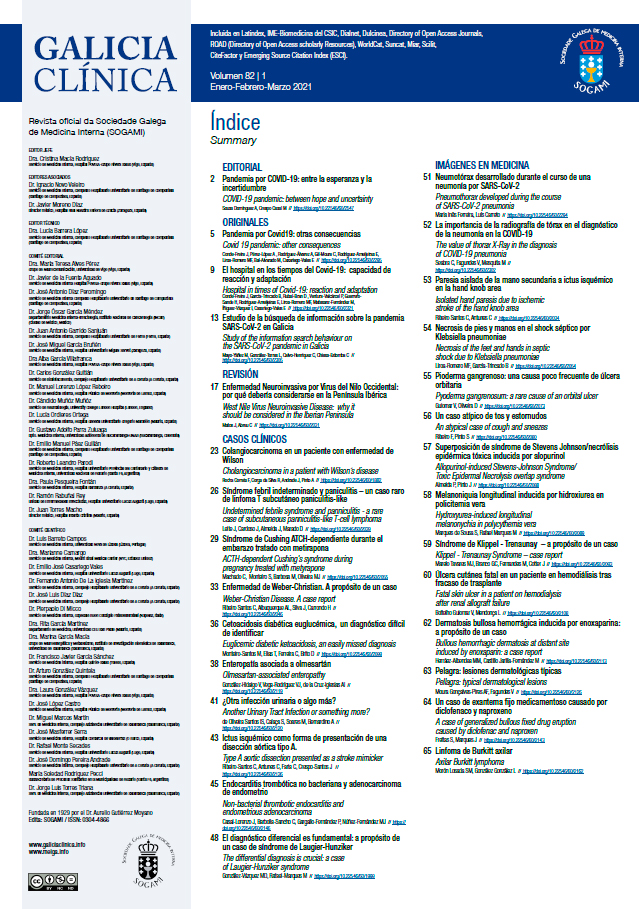Abstract
A 76-year-old female with history of end-stage renal disease due to IgA nephropathy, submitted to a kidney transplant 28 years before, secondary hyperparathyroidism under vitamin D analogue, chronic anaemia, diabetes mellitus, arterial hypertension, atrial fibrillation (anticoagulated with warfarin) and peripheral venous insufficiency presented with a 1-month history of a skin ulcer on the left lower limb. The patient was started on amoxicillin-clavulanic acid, but the ulcer worsened: it became bigger and more painful. Laboratory tests showed worsened anemia, leucocytosis, high C-reactive protein, high parathyroid hormone and hyperphosphatemia. Multi-resistant Staphylococcus epidermidis was isolated in blood cultures; vancomycin was started and the central venous catheter switched. Infective endocarditis was excluded. Nevertheless, the ulcer grew bigger and evolved to necrosis. Leg radiography showed calcified vessels surrounding non-calcium-containing radiolucent tissues. Skin biopsy revealed extensive necrosis of epidermis, dermis and subcutaneous tissue; areas of recent thrombosis of hypodermic vessels and calciphilia of small vessels of the subcutaneous tissue. Unfortunately, the patient died of septic shock before the result of the skin biopsy. Calciphylaxis or calcific uremic arteriolopathy is a rare, life-threatening condition, that rarely occur in renal transplant recipients. Delayed diagnosis can lead to sepsis-related morbidity and mortality, as in this case we report.
© 2021 Galicia Clínica.
Complete article | Pdf article


